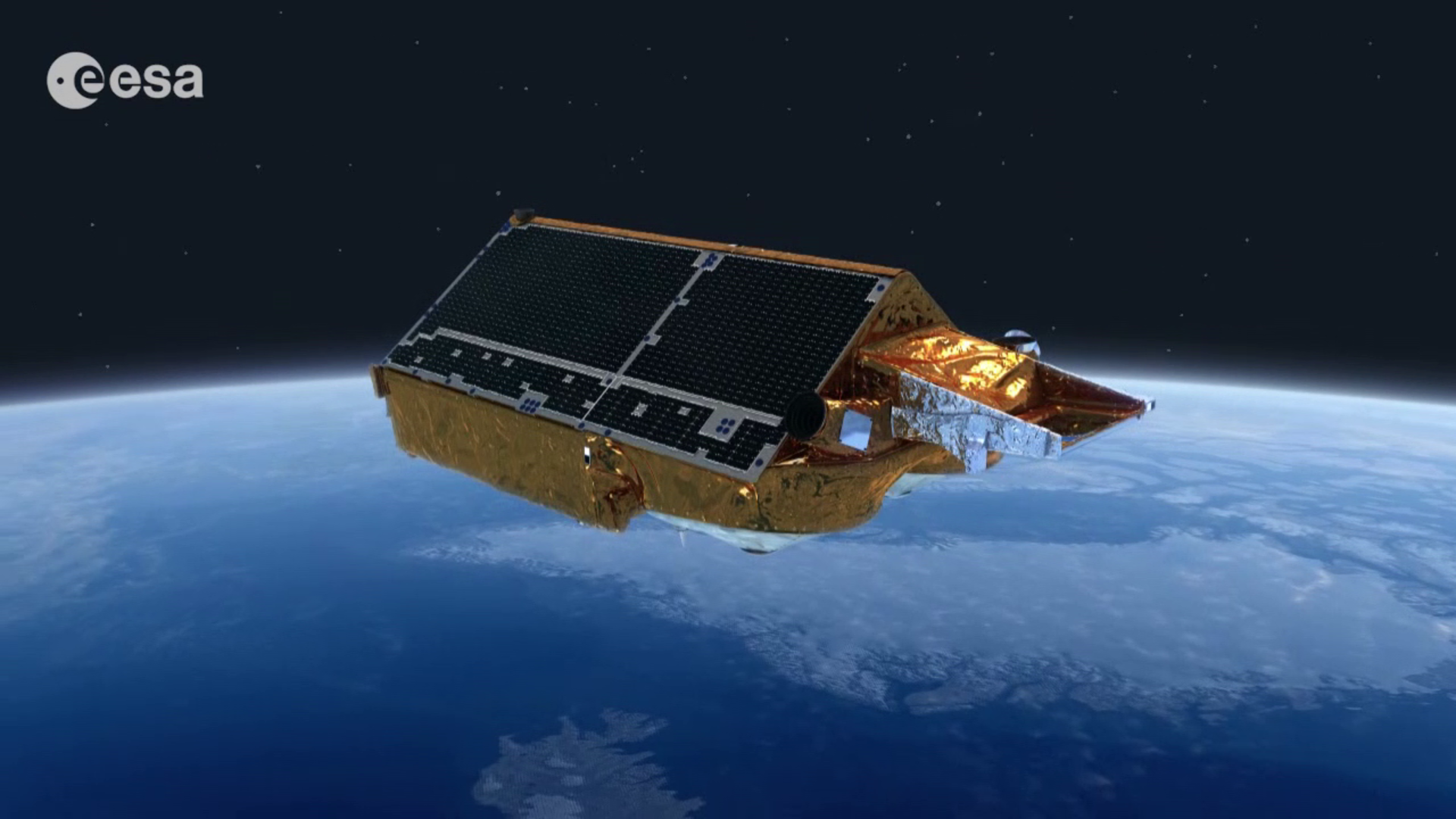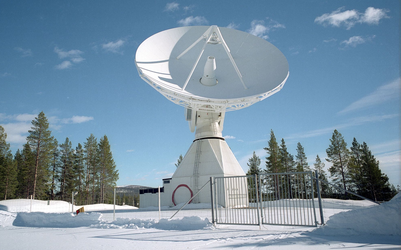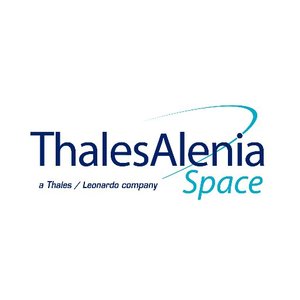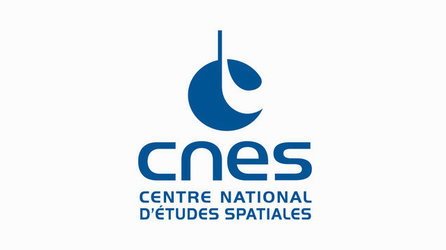Facts and figures
Launch: 8 April 2010
Launch site: Baikonur Cosmodrome, Kazakhstan
Launcher: Russian/Ukrainian Dnepr based on SS-18 intercontinental ballistic missile
Launch provider: International Space Company Kosmotras
Objectives: To measure changes in ice thickness to an accuracy of about 10% of the expected interannual variation. Over sea ice this is about 1.5 cm/year, over small areas of ice sheet this is about 3 cm/year. Integrated over the whole of Greenland, the required accuracy is is 0.7 cm/year.
Instrument: SAR Interferometric Radar Altimeter (SIRAL), supported by Doppler Orbit and Radio Positioning Integration by Satellite (DORIS) and Laser Retro-Reflector (LRR) for precision orbit determination
Mass: 720 kg at launch, including 37 kg of fuel
Power: 2 × GaAs body-mounted solar arrays, each delivering 850 W; 78 Ah Li-ion battery
Orbit: Mean altitude of 719 km and inclination of 92°; low Earth, polar, non-Sun-synchronous
Mission control: ESA’s European Satellite Operations Centre (ESOC) in Darmstadt, Germany
Ground station: Science data downloaded to ESA’s ground stations in Kiruna and Esrange, Sweden
Data processing: Data distributed directly to users from the ground station in Kiruna, Sweden; distribution and mission planning managed via ESA’s Centre for Earth Observation (ESRIN) in Frascati, Italy; long-term archive at a dedicated facility at the French space agency CNES in Toulouse, France
Mission duration: Minimum 3 years
Project: Mission development and commissioning managed at ESA's European Space Research and Technology Centre (ESTEC) in Noordwijk, the Netherlands
Prime Contractor: Astrium GmbH (now Airbus Defence & Space)















 Germany
Germany
 Austria
Austria
 Belgium
Belgium
 Denmark
Denmark
 Spain
Spain
 Estonia
Estonia
 Finland
Finland
 France
France
 Greece
Greece
 Hungary
Hungary
 Ireland
Ireland
 Italy
Italy
 Luxembourg
Luxembourg
 Norway
Norway
 The Netherlands
The Netherlands
 Poland
Poland
 Portugal
Portugal
 Czechia
Czechia
 Romania
Romania
 United Kingdom
United Kingdom
 Slovenia
Slovenia
 Sweden
Sweden
 Switzerland
Switzerland





































